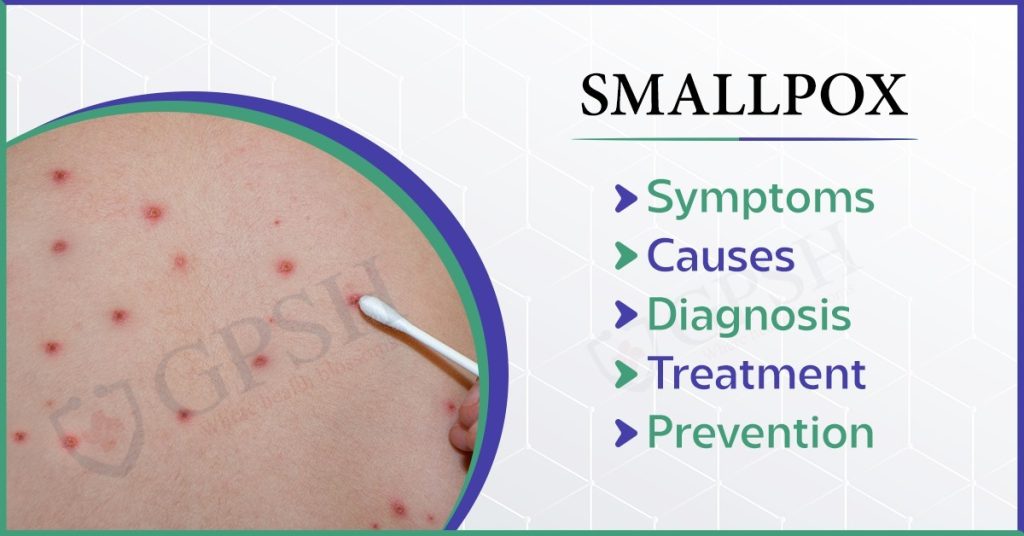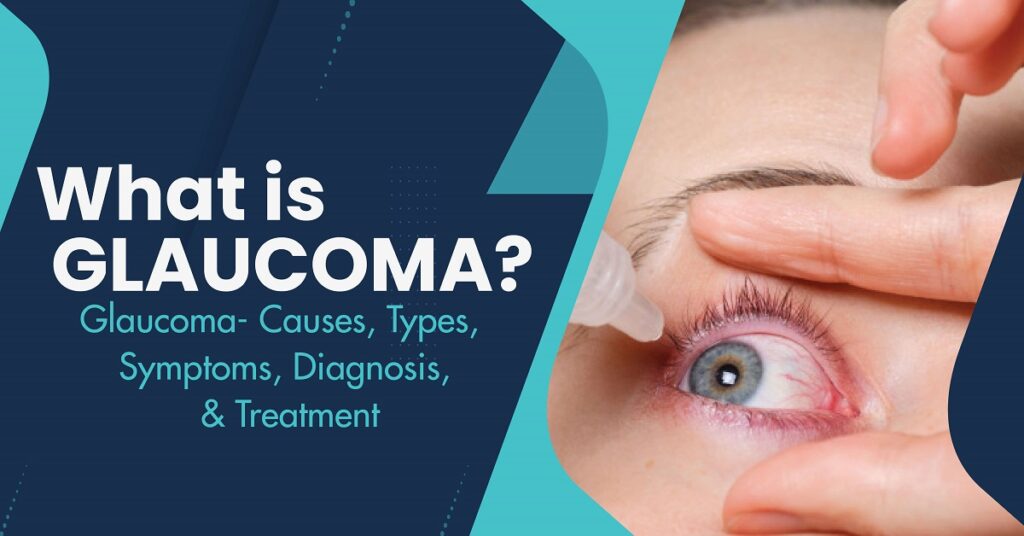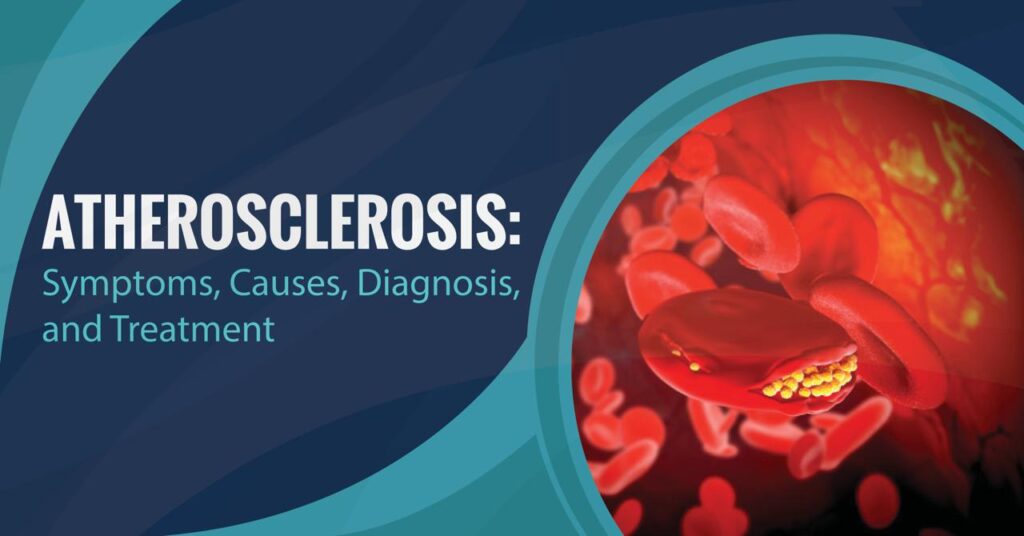What is Smallpox?
Smallpox is an infectious disease caused by the variola virus. It is highly contagious and has been responsible for significant morbidity and mortality throughout human history. Smallpox is characterized by a distinctive skin rash and fever, and it has two forms: variola major, which is the more severe and common form, and variola minor, which is a milder form of the disease.
Smallpox is highly contagious and can spread through respiratory droplets or by direct contact with skin lesions or contaminated objects. The disease was responsible for numerous epidemics throughout history, causing significant mortality and long-term health effects for survivors.
The World Health Organization (WHO) led a global effort to eradicate smallpox through a vaccination campaign. The last known natural case of smallpox occurred in Somalia in 1977, and in 1980, the WHO declared smallpox eradicated, making it the first disease to be eliminated by human effort through vaccination.
Causes of Smallpox
Smallpox is caused by the variola virus, which belongs to the Orthopoxvirus genus. Two forms of the variola virus cause smallpox: variola major and variola minor. Variola major is the more severe and common form, while variola minor is a milder version of the disease.
The virus is highly contagious and is primarily transmitted from person to person through respiratory droplets expelled during coughing or sneezing. It can also spread through direct contact with the skin lesions or scabs of an infected person, as well as by touching objects that have the virus on them.
Once a person is infected, the virus enters the body through the respiratory tract and then spreads to the lymphatic system and bloodstream. The initial symptoms include fever, headache, and fatigue. After a few days, a characteristic skin rash develops, progressing through different stages of development, scabbing, and healing.
You can read also:- Achondroplasia: Causes, Symptoms, Diagnosis, and Treatment
Here are the key points about the causes of smallpox:
● Variola Virus: Smallpox is caused by the variola virus, which belongs to the Orthopoxvirus genus. There are two forms of the virus: variola major, which is more severe, and variola minor, which is a milder form.
● Transmission: The virus is highly contagious and spreads from person to person through respiratory droplets expelled when an infected person talks, coughs, or sneezes. It can also be transmitted through direct contact with the fluid from the skin lesions or contaminated objects.
● Human Hosts: Smallpox is exclusively a human disease, with no known animal reservoirs. This means that the virus only infects and spreads among humans.
● Highly Contagious: The virus is highly contagious, and individuals with smallpox are most infectious during the early stages of the illness when symptoms like fever and the characteristic rash are present.
● Survivor Immunity: One positive aspect of smallpox is that individuals who recover from the disease typically develop immunity against future infections. This fact played a crucial role in the success of vaccination campaigns.
Symptoms of Smallpox
The symptoms of smallpox typically follow a specific progression. The incubation period, which is the time between exposure to the virus and the onset of symptoms, is usually around 10 to 14 days. The symptoms can be divided into two stages: the prodromal stage and the eruptive stage. Here are the symptoms of smallpox:
1. Prodromal Stage:
● Fever: The initial symptom is a sudden onset of high fever.
● Headache: Patients often experience severe headaches.
● Malaise: A general feeling of discomfort and illness.
● Backache: Pain in the back is common during the prodromal stage.
● Vomiting: Some individuals may experience nausea and vomiting.
2. Eruptive Stage:
● Rash: A characteristic rash appears, starting on the face and then spreading to the rest of the body. The rash progresses from red spots to raised bumps and eventually forms pustules filled with a thick, opaque fluid.
● Lesions: The rash turns into pustules, which are round, firm, and raised lesions on the skin.
● Distribution: The lesions are more concentrated on the face, hands, and forearms but spread to other parts of the body, including the trunk and legs.
● Synchronous Development: The rash and lesions develop simultaneously, and different stages of lesions (papules, vesicles, and pustules) can be present at the same time in the same person.
● Scabbing: The pustules eventually scab over and form a crust.
● Scab Separation: The scabs fall off, leaving a pitted scar. The scab separation marks the end of the contagious period.
You can read also:- Aspergillosis: Types, Causes, Symptoms, Diagnosis & Treatment
Diagnosis of Smallpox
Diagnosing smallpox involves a combination of clinical evaluation, laboratory testing, and assessment of the characteristic symptoms. Here are the key aspects of diagnosing smallpox:
● Clinical Evaluation:
○ Characteristic Symptoms: The presence of characteristic symptoms such as sudden onset of high fever, headache, and a specific progression of a rash with synchronous development of lesions is indicative of smallpox.
○ Lesion Distribution: Smallpox lesions tend to be more concentrated on the face, hands, and forearms but can spread to other parts of the body.
● Laboratory Testing:
○ Virus Identification: Laboratory tests, including polymerase chain reaction (PCR) and viral culture, can be used to identify the variola virus in samples taken from skin lesions, blood, or oral or respiratory secretions.
○ Serological Tests: Blood tests to detect specific antibodies against the variola virus can also aid in diagnosis.
● Differential Diagnosis:
○ Smallpox must be differentiated from other rash-causing diseases, including chickenpox, monkeypox, and certain types of drug reactions.
● Exposure History:
○ Travel or Contact History: In the absence of laboratory confirmation, a history of travel to an area with known smallpox cases or contact with an infected individual may raise suspicion.
Complications of Smallpox
Smallpox can lead to various complications, and the severity of these complications often depends on the form of the virus (variola major or variola minor) and the overall health of the individual. Here are some potential complications of smallpox:
● Secondary Bacterial Infections: The open sores (pustules) caused by smallpox can be susceptible to bacterial infections. These secondary infections can lead to conditions such as cellulitis or abscess formation.
● Encephalitis: Inflammation of the brain, known as encephalitis, is a rare but severe complication of smallpox. It can result in neurological symptoms, seizures, and, in some cases, permanent brain damage.
● Eye Complications: Smallpox can cause inflammation of the cornea (keratitis) and other eye-related complications. In severe cases, it may lead to vision impairment or blindness.
● Scarring: The healing process of smallpox lesions can result in significant scarring, especially on the face. These scars can be permanent and may have psychological and social implications for survivors.
● Immune Suppression: Smallpox can temporarily suppress the immune system, making individuals more susceptible to other infections during and after the illness.
● Death: In severe cases, particularly with the variola major strain, smallpox can be a fatal disease. The mortality rate for variola major is estimated to be around 30%, but it can be much higher in certain populations.
Treatment of Smallpox
There is no specific antiviral treatment for smallpox, and management primarily involves supportive care. Smallpox has been eradicated, and no natural cases have occurred since 1977. The information provided here is based on historical data and potential scenarios in the context of bioterrorism or accidental release.
Treatment and management of smallpox involve addressing symptoms and preventing complications. Key aspects of the treatment of smallpox include:
● Isolation: Individuals suspected or confirmed to have smallpox should be isolated to prevent the spread of the virus to others.
● Symptomatic Treatment:
○ Fever Reduction: Antipyretic medications may be used to reduce fever.
○ Pain Management: Pain relievers can help alleviate headaches and body aches.
● Hydration: Maintaining adequate hydration is crucial, especially if there is vomiting or diarrhea.
● Preventing Secondary Infections:
○ Careful wound care to prevent bacterial infections in the open sores.
○ Antibiotics may be administered if secondary bacterial infections occur.
● Supportive Care:
○ Supportive measures such as intravenous fluids and respiratory support may be necessary in severe cases.
● Vaccination:
○ Vaccination is a preventive measure rather than a treatment. Historically, the smallpox vaccine played a crucial role in the global eradication effort led by the World Health Organization (WHO). The vaccine proved highly effective in preventing smallpox and contributed to the elimination of the disease.
The foremost part is to emphasize that the smallpox vaccine is not a routine vaccination in contemporary public health practices because smallpox has been eradicated, and there is no natural circulation of the virus. However, stocks of the variola virus are maintained for research purposes in a limited number of authorized laboratories.
Prevention of Smallpox
Prevention of smallpox primarily involves vaccination and isolation measures. Smallpox has been eradicated, and routine vaccination is not conducted because the virus no longer exists in the natural world. However, in the context of bioterrorism or accidental release, preventive measures would focus on the following:
● Vaccination:
○ The smallpox vaccine, known as the vaccinia vaccine, was a crucial tool in the global eradication effort. The vaccine is highly effective in preventing smallpox infection.
○ Routine smallpox vaccination is no longer carried out because the disease has been eradicated. However, in the event of a suspected case or the intentional release of the virus, vaccination may be considered as a preventive measure.
● Isolation:
○ Suspected or confirmed cases of smallpox should be immediately isolated to prevent the spread of the virus. Strict infection control measures are necessary to protect healthcare workers and prevent further transmission.
● Contact Tracing:
○ Identifying and monitoring individuals who have had close contact with a confirmed case is essential. This helps to quickly identify and isolate any additional cases that may arise.
● Quarantine:
○ Quarantine measures may be implemented for individuals who have been exposed to the virus to prevent further transmission during the incubation period.
● Public Health Surveillance:
○ Active surveillance systems are crucial for detecting and responding to potential cases promptly.
○ Reporting and investigating any suspicious cases promptly are essential for effective containment.
● Communication and Education:
○ Public health authorities should communicate effectively with the public to provide accurate information about the situation, preventive measures, and vaccination campaigns.
○ Education about the signs and symptoms of smallpox, as well as the importance of vaccination, helps raise awareness and encourages compliance with public health measures.









